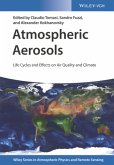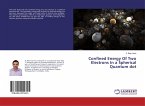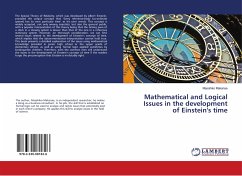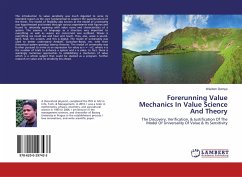Understanding of earth's climates and climate change is governed by radiative processes in the earth-atmosphere system; in which aerosols with other particulates play a major role. The radiative properties of atmospheric aerosols are critically dependent on their refractive indices as a function of wavelength and also on their size. Theoretical modelling of light scattering by spherically assumed aerosol particles is always desired not only to gain insight to radiative transfer process but also to supplement ground based experiments. In the present study, we attempt to compute extinction efficiency (Qe), scattering efficiency (Qs) and absorption efficiency (Qa) as function of incident wavelength and size of aerosols. These parameters are then used to compute extinction cross-section (se), scattering cross-section (ss) and absorption cross-section (sa). A mathematical scheme to deduce above parameters is discussed within the far-field (asymptotic) assumption.
Bitte wählen Sie Ihr Anliegen aus.
Rechnungen
Retourenschein anfordern
Bestellstatus
Storno








